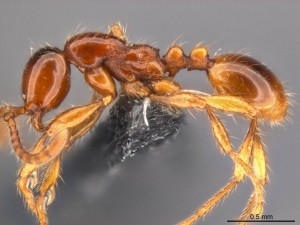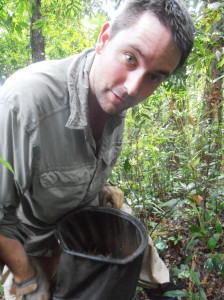Understanding the drivers of biodiversity patterns is always difficult due to the fact that multiple factors such as environmental gradient and spatial connectivity might contribute to the species distribution and community composition patterns simultaneously.
In a new paper just published in Ecography, we (Liu, Dudley, Xu and Economo) evaluate the effects of environmental gradients and spatial connectivity on ant taxonomic and phylogenetic diversity patterns along a 5000m elevational gradient within a complex mountainous landscape in Hengduan Mountains, a biodiversity hotspot in Southwest China.

We found that environmental gradients dominate variation in both alpha and beta diversity in this landscape, with alpha diversity strongly declining with elevation and beta diversity driven by elevational differences. We compared our system to predictions of a recent theoretical framework (Bertuzzo et al. 2016; PNAS) which synthesizes how aspects of landscape geomorphology may drive biodiversity patterns in idealized mountain landscapes. Our findings did not match the theory, we found alpha diversity is monotonically declining and within-band beta diversity is invariant with increasing elevation, but point toward ways to improve the theory. Taken together, our results show how elevation-driven environmental gradients, spatial factors, as well as landscape geomorphology together affect ant metacommunity structure in a complex mountainous landscape.

Original paper can be found here


 Cong has two new papers out so far this year!
Cong has two new papers out so far this year! 